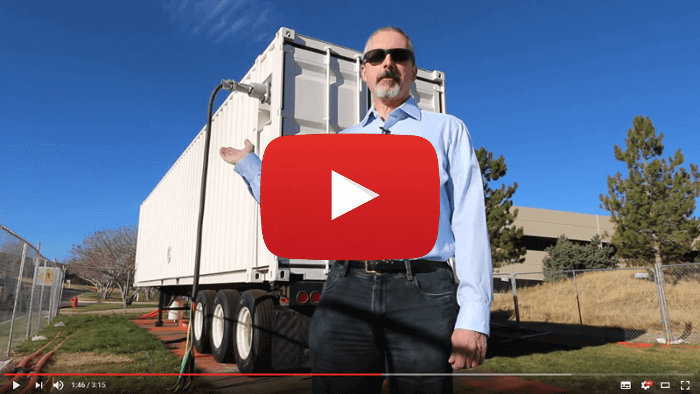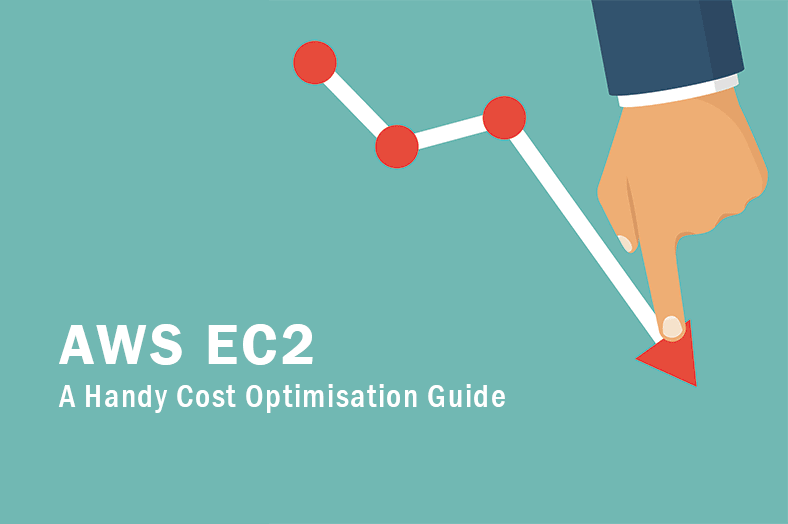December 07, 2016 / by Ben Lloyd Big Data
Amazon Snowmobile – what you can learn from a big, smart truck
The annual Amazon Re:Invent conference finished recently in Las Vegas, and there was one product announcement that everyone was talking about – the AWS Snowmobile. From the outside, Snowmobile doesn’t look like the sort of product to get tech geeks excited – it’s a 45-foot long semi-trailer truck, painted white. But it is the inside of Snowmobile that is the important part.
Instead of being a large empty shell waiting to transport goods, Snowmobile has been kitted out as a giant data centre on wheels. And more than just a mobile server farm, the truck contains enough storage to holding 100 petabytes of data – about 100,000 times as much as the PC sitting on your desk.
Is this a joke?
The Snowmobile sounds like a gimmick, one of those things tech geeks create just to prove it can be done. But the reality is that this system actually serves a very important role.
You see, the truck is designed to help very large companies move their vast datasets into Amazon’s Cloud ecosystem as easily as possible. Data is copied from the client’s system onto Snowmobile, and the truck is then driven to the nearest Amazon cloud data centre. Once there, the data is transferred into the Cloud ecosystem, ready for use.
Amazon has invented Snowmobile because copying hundreds of terabytes of information over the internet is very slow and inefficient – the task may never complete. Physically moving the data is comparatively quick and ensures the information arrives in the Cloud intact.
Think about how long it takes to download a movie from iTunes or Google Play. Even on a fibre broadband connection, it still takes 10 or 15 minutes to pull down a 4 gigabyte movie file. Now imagine pulling down a file 50 times that size (1 terabyte) – that takes around 500 minutes, more than eight hours. And that’s assuming everything transfers correctly without error, or the connection dropping.
Very large organisations may store thousands of terabytes of data – so uploading over the internet is not an option.
A genuine solution to a genuine problem
Data is absolutely crucial to every connected business – and most are reluctant to get rid of any until they absolutely have to. This means that even the smallest businesses will quickly exceed their storage capacity, forcing a system upgrade, or a move to the Cloud.
In the Cloud, your business has virtually unlimited growth potential, so you can store as much data as you want. And because you only pay for the resources you use, there’s no need for up-front capital investment in new hardware.
For well established, enterprise-class businesses, moving to the Cloud is necessary – although it brings with it the logistical problems of shifting data. As Amazon’s Snowmobile service shows, in the case of very big data sets it is quicker and easier to move data physically.
Snowmobile also serves as a warning for any business delaying their move to the Cloud – eventually you may reach the point where your data set is simply too large to transfer normally. So if you are planning to adopt Cloud storage, now is the ideal time.
For more help and advice on Cloud storage, and how your business can successfully complete a move to the Amazon AWS platform, please get in touch.





